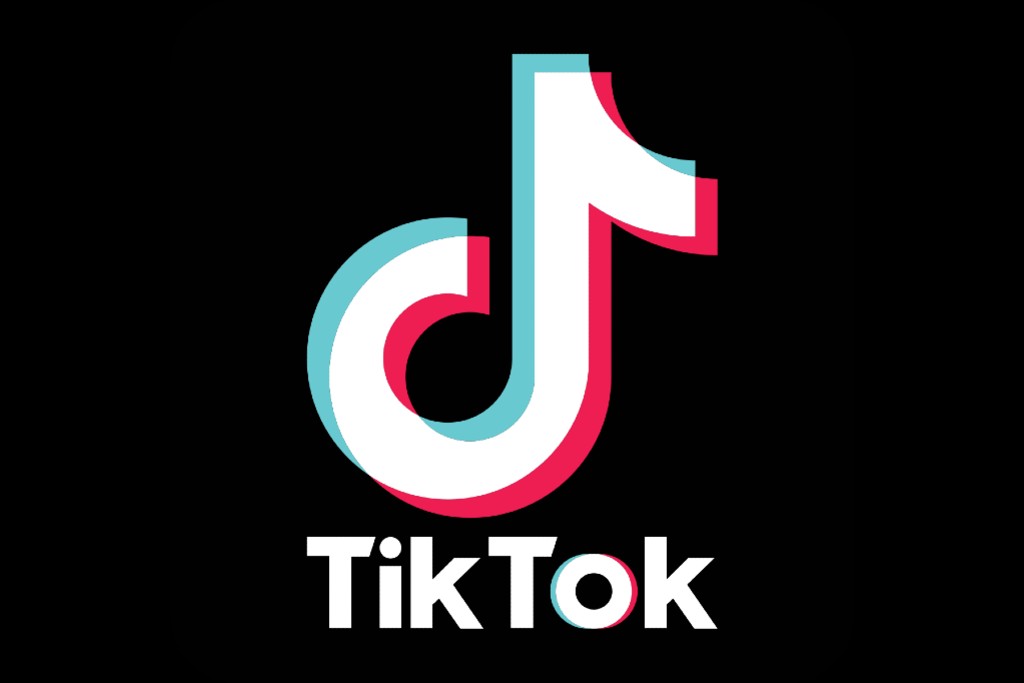What exactly is so appealing about a story? What is it that hits consumers’ psyche and pulls them into the brand? Why is it so important to master storytelling skills for good social marketing? And what’s the science behind all of this?
The Brain’s Behind The Brand
Our emotions create preferences in our minds, leading us to take decisions. Antonio Damasio‘s research in neuroscience shows that emotions play a central role in social cognition and decision-making. And this decision-making significantly influences the consumer behavior.
A brand is merely a mental representation of a product in the consumer’s mind. If that representation only consists of the product’s features or USPs, there would be no emotional factor to influence the consumer to have a preference, and in turn, convert that into an action. Higher the emotional value of a brand in the consumer’s mind, more likely it is for the consumer to keep coming back to the brand, writes Giancarlo Mirmillo.
Blame The Brain
The human brain is a complex network of neurons. Multiple areas and sub-cortical structures are wired with each other that support cognition and overt behaviors. Several functional areas work in coherence to create an experience.
The Middle Temporal Area (MTA) of the cerebral cortex processes visual motion and depth. Studies show that stories impact by hitting the amygdala part of brain that processes deep rooted emotions and instincts.
“The constant firing of our neurons in response to fictional stimuli strengthens and refines the neural pathways that lead to skillful navigation of life’s problems,” says Jonathan Gottschall in his book ‘The Storytelling Animal’.
Beyond The Bullet Points
A simple PPT with information in bullet-points and images to support essentially hit’s the language processing parts of our brain where we decode information and create meaning out of it. The scientists call this Broca’s area and Wernicke’s area. The limitation of this method is, there is no lasting impact on the mind leave alone inspiration and motivation.
A story on the other hands hits the whole brain, and its every fiber. It stimulates the sensory cortex of the brain. An engaging story has the capacity to put the narrator and the viewer in the same mental frequency through Neural Coupling Model creating a direct empathy factor. This builds authenticity, reliability, and trust.
Selling Via Storytelling
Great storytelling is considered to be the king of all marketing strategies. It builds upon the understanding of consumer psychology – to inspire them, to make them think, feel and relate to a product.
Advertising research shows that the emotional response to an ad has far greater influence on a consumer’s reported intent to buy a product than does the ad’s content – by a factor of 3-to-1 for television commercials and 2-to-1 for print ads.
As Jennifer Aaker says, “Our brains are not hard-wired to understand logic or retain facts for very long, they are wired to understand and retain stories. A story is a journey that moves the listener, and when the listener goes on that journey they feel different and the result is persuasion and sometimes action.”



